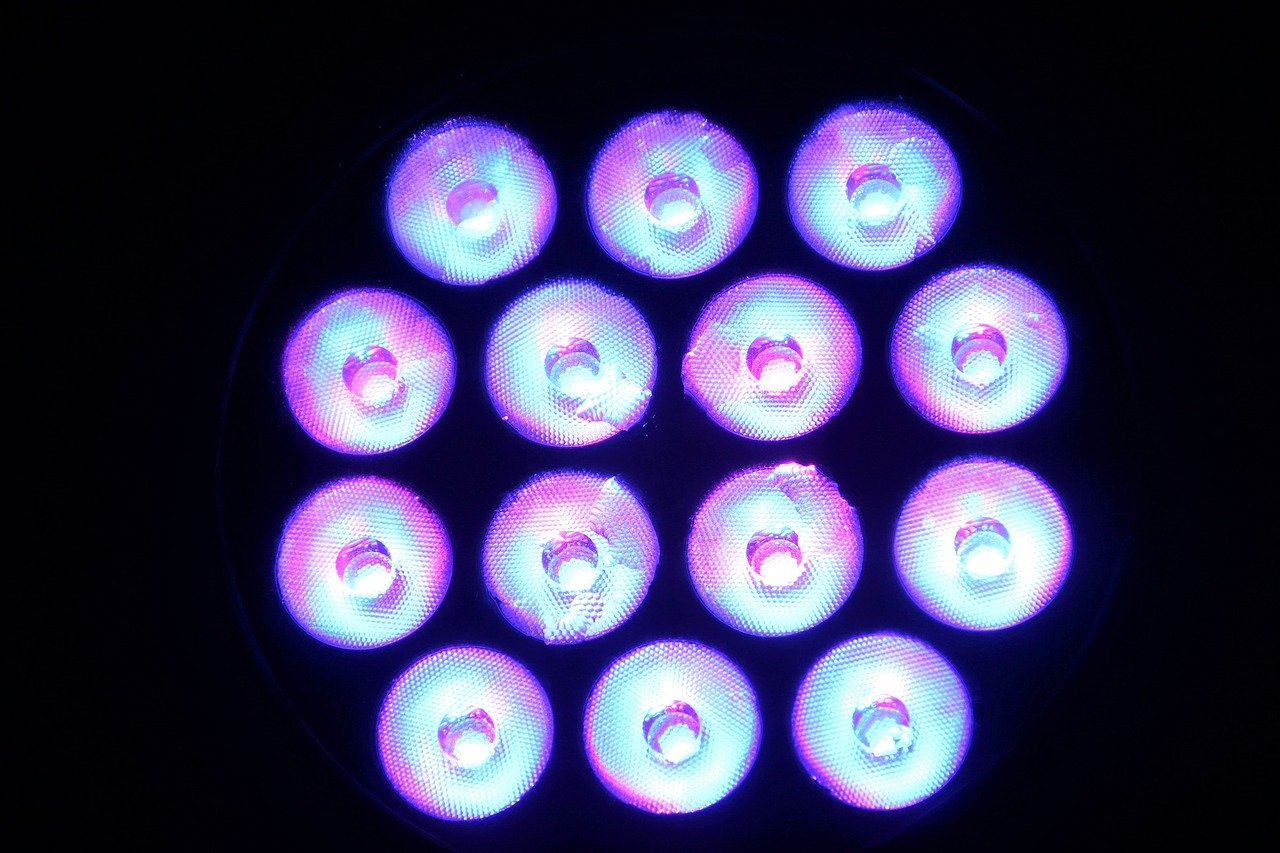A research team at Nagoya University in Japan has revealed that narrow-range UV irradiation using LED safely increases serum vitamin D levels in aging mice and thereby prevents the loss of their bone and muscle mass. The findings were recently published in the journal Scientific Reports, titled "Low energy irradiation of narrow-range UV-LED prevents osteosarcopenia associated with vitamin D deficiency in senescence-accelerated mouse prone 6.”
Decreased bone density (osteoporosis) and the loss of muscle mass and strength (sarcopenia) are age-related disorders. While there are some remedies for osteoporosis, there is no effective treatment for sarcopenia.
Vitamin D, which can be produced when the skin is exposed to sunlight, is essential for healthy bones and muscles, helping to prevent osteoporosis and sarcopenia. However, the availability of sunlight depends on various factors like latitude, season, weather and patient mobility, which makes it difficult to obtain vitamin D consistently from sunlight alone. Indeed, it is known that many elderly people have a vitamin D deficiency.

(Image: Pixabay)
Researchers at the Nagoya University Graduate School of Medicine learned that LED-based UV irradiation could be a consistent and stable source of vitamin D.
In a previous study, the team had revealed that narrow-range UV irradiation using LEDs increased serum vitamin D levels in animal models with vitamin D deficiency and thereby prevented their bone weakness. However, due to its wavelength and intensity, the UV LED irradiation could have harmful effects on the human body.
In the new study, the team first conducted experiments to determine the minimal intensity and the minimal dose of UV LED irradiation that would supply sufficient vitamin D with few side effects. The minimal intensity was found to be 0.16 mW/cm2 and the minimal dose 1,000 J/m2.
The results showed that the serum vitamin D levels, bone density, and muscle mass and strength of senescence-accelerated mice irradiated by UV LEDs all increased compared to those of mice that were not irradiated. The researchers also verified that the UV LED irradiation did not damage the skin of the mice. Therefore, they concluded, irradiation with narrow-range UV-LED light with minimal intensity and dose can safely and adequately supply vitamin D to aged mice.
The team is now developing a small portable UV-LED irradiation device and believes that the concept of medical device that can be used in various healthcare institutions and at home. With this device, all elderly people will be able to get enough vitamin D, the same amount or more than from sunlight, in an easy and safe manner at low cost.





 CN
TW
EN
CN
TW
EN






